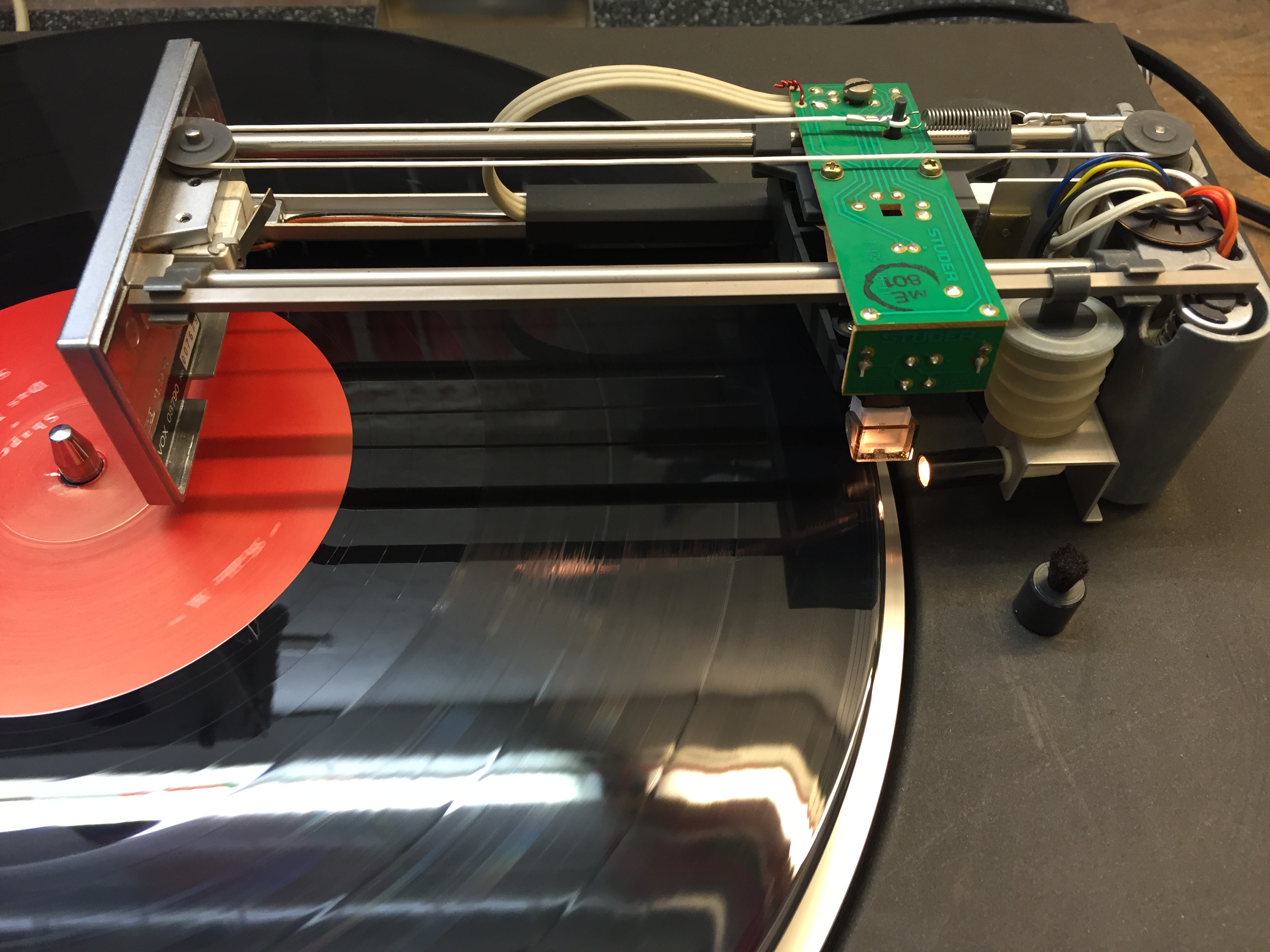
Using a Revox turntable ensures the good condition of your unique vinyl collection and even more so playing them from digital copies stored on your hard drive. PC as a modern tape recorder at home allows you to archive music and play it with a traditional Hi-Fi set. In PC4uMusic configurations, special attention is paid to stability, which for years was also the main advantage of reliable ReVox tape recorder designs. This brand of high-end audio equipment was created in 1951 by the Swiss company Studer, which was established 3 years earlier and their offer provided the highest quality for the recording studio.

The Studer J37 reel-to-reel tape recorder was used in, for example, the famous studios on Abbey Road in London , where The Beatles hits were created , and played a significant role in it.
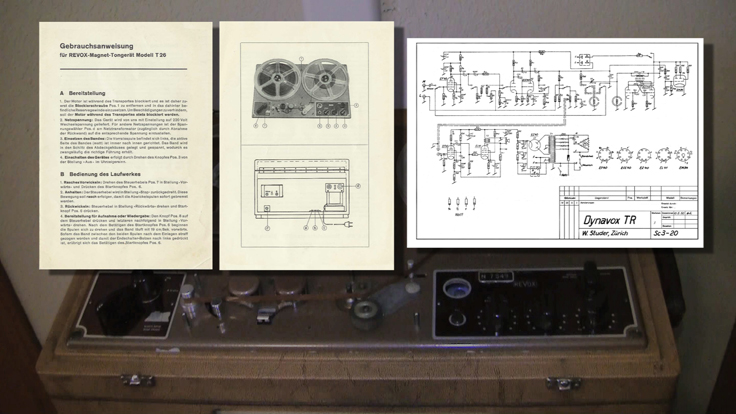
The first tape recorder was produced in 1949, but under the name Dynavox. The first ReVox appeared in 1955 and the A36 had 3 separate motors - one for tape transport and two independently driving the reel platters.
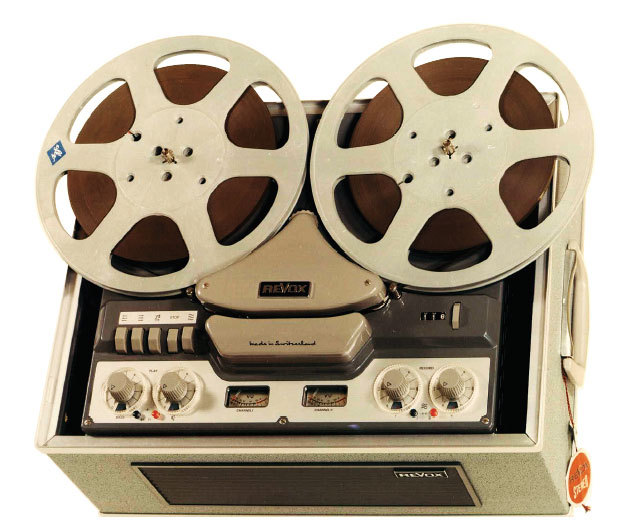
In 1960, music lovers were offered tape recorders for stereophonic recording in 2 or 4 tracks. The latter was at the cost of a slight deterioration in quality, but on the same amount of tape, it was possible to record twice as long.. It was a tube construction, in which the accuracy was above average and became legendary not only among sound engineers in recording studios.
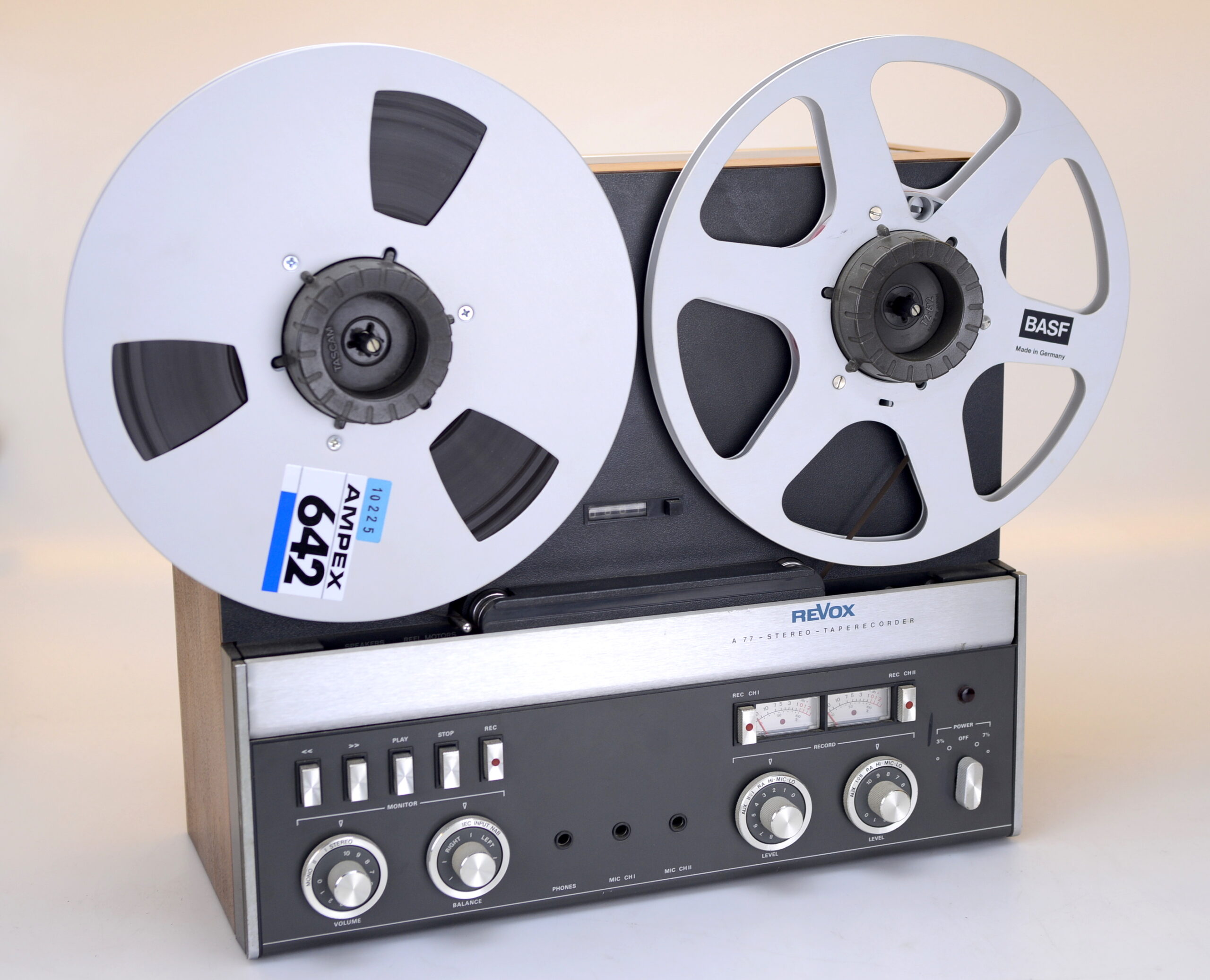
With the highest demands of music lovers in mind, the Revox A77 tape recorder was produced in the years 1967-1977 in versions MK I to IV. These were already transistor designs. It enjoyed huge success, which is best proven by the fact that 186 versions were produced. In total, over 350 thousand pieces were produced. This tape recorder became an icon of the audio technology of the time and a synonym for high-end for demanding home users. Versions with electronics for Dolby B were very popular.
Revox tape recorders were distinguished by their chassis construction made of low-resonance castings. They also had individual factory calibration, which was separate for each track and tape speed in relation to the original Revox tapes, which allowed for extremely linear characteristics of the sound transmission band. Revox from the A77 MK II version was equipped with extended-life Revodur heads , manufactured exclusively for the company from a special Recovac alloy, developed and produced in the Vacuumschmelze Hanau metallurgical plants and steelworks. They also had a modular design resembling PC, which allowed them to be better customized to user needs.

In 1974, the A700 appeared , featuring for the first time digital drive control logic and quartz motor speed stabilization.

The B77 was another model with modern styling and a clear reference to the A77 , and inside there were electronic systems with the latest solutions, which took into account modifications created over the years in various places around the world.

The exclusive version was the PR 99 with a look directly related to the most advanced modifications that users had been ordering from independent companies for years.
In 1988 the last version of the Revox analog tape recorders for quarter inch tapes at speeds of 3 3/4, 7 1/2 and 15ips competed strongly with Japanese offerings for the home recording studio and were for 2, 4 and 8 channels.
The Japanese Technics had interesting solutions to the problem with heads for 2 and 4 tracks on 1/4", where it is relatively easy to replace the module with the appropriate set of them. Such a solution could have been implemented even better in the modular ReVox designs, but the needs of the market have changed.
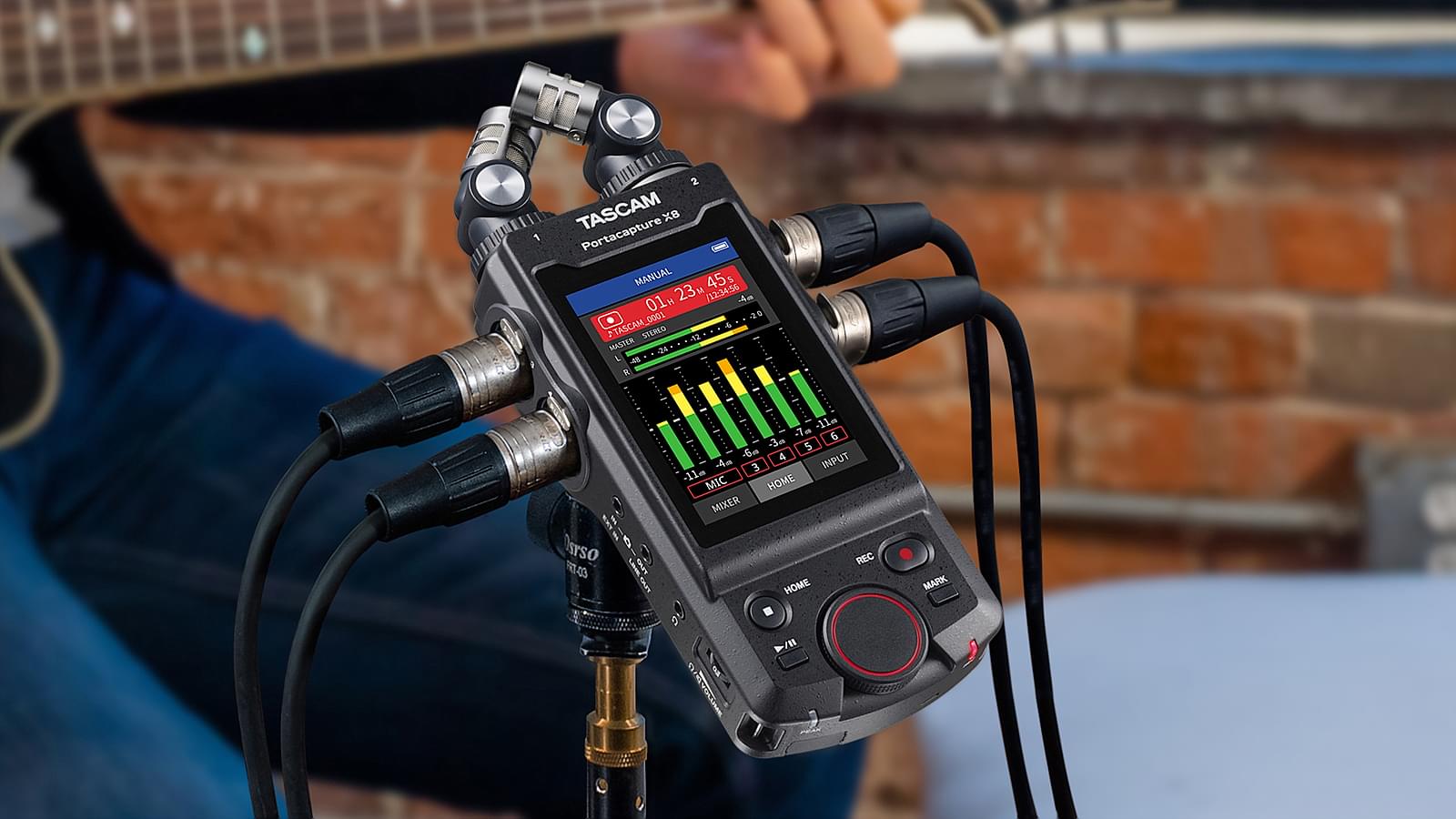
Now Japanese manufacturers offer digital recorders. In professional recording studios, instead of tapes, hard drives and powerful computers are used, where expensive editing software is installed.


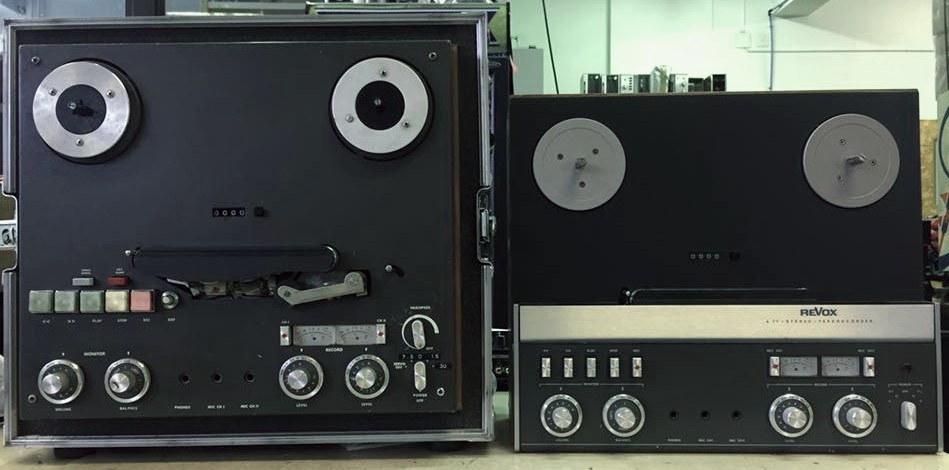

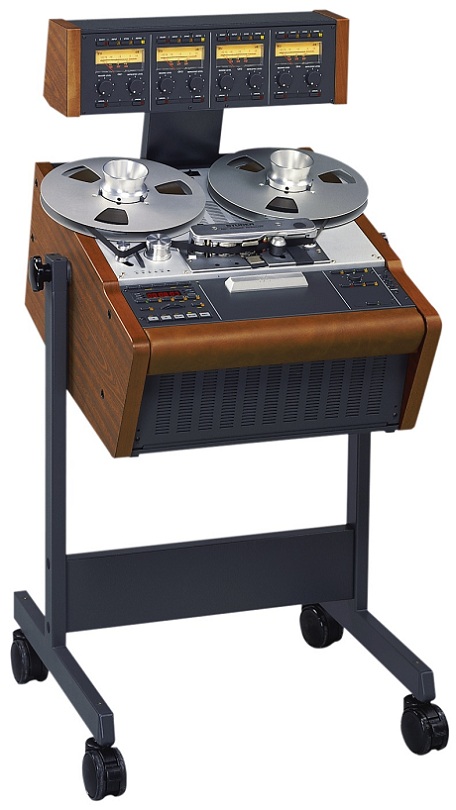

Audvance upgrades for B77
ReplyDeleteDuring playback the signal comes from the playback head and has to be amplified to a much higher level before it reaches the outputs. So to upgrade playback you can simply order a playback amp on this page. You will get lower noise, higher sound quality and both NAB and IEC/CCIR equalization as a bonus. So you can play any 2-track tape from now on.
https://www.audvance.com/B77hs.html
For a long time the principal divisions in approach and standards existed between the American NAB and the European bodies. Historically, the Europeans turned over their tape recording standards writing to the International Electrotechnical Commission (IEC) fifty years ago. So CCIR and DIN standards were absorbed into IEC standards relatively early in our story. Thus, it is common to see two standards choices at, for example, 15 ips referred to as, "IEC or NAB". But America eventually joined the IEC too, so the American standards were too absorbed by the IEC. This led to the modern nomaclature that CCIR = DIN = IEC1 and NAB = IEC2.
Delete